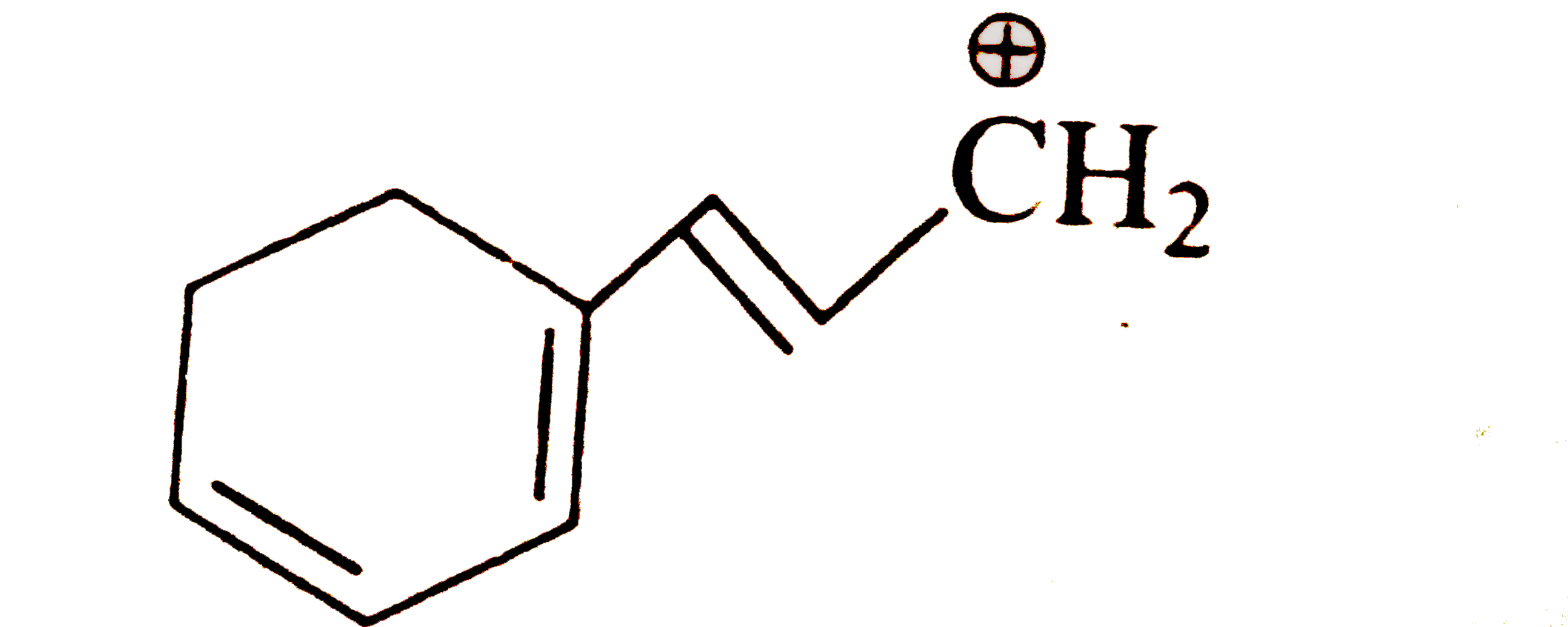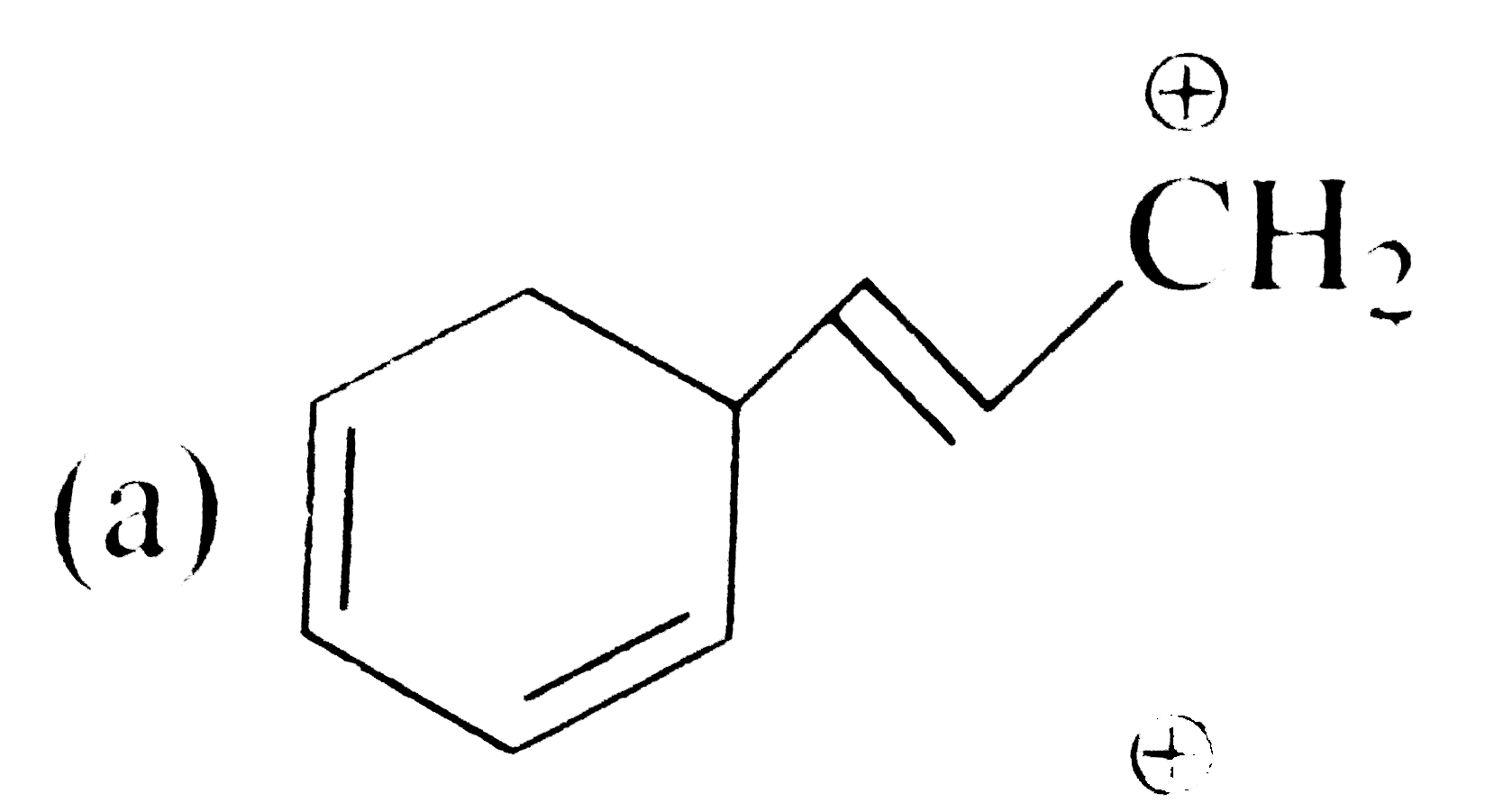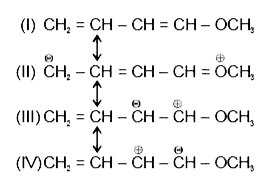The cation which is least stable is
Li+
K+
Al+2
Si2+
The correct Answer is:C
To determine which cation is the least stable among the given options, we need to analyze the electronic configurations of the cations formed from Potassium (K), Aluminum (Al), and Silicon (Si).
1. Identify the Atomic Numbers and Electronic Configurations:
- Potassium (K): Atomic number = 19
- Electronic configuration: 1s22s22p63s23p64s1
- Cation (K⁺): Loses one electron from the outermost shell.
- Configuration of K⁺: 1s22s22p63s23p6 (completely filled outer shell)
- Aluminum (Al): Atomic number = 13
- Electronic configuration: 1s22s22p63s23p1
- Cation (Al³⁺): Loses three electrons.
- Configuration of Al³⁺: 1s22s22p6 (completely filled outer shell)
- Silicon (Si): Atomic number = 14
- Electronic configuration: 1s22s22p63s23p2
- Cation (Si⁴⁺): Loses four electrons.
- Configuration of Si⁴⁺: 1s22s22p6 (completely filled outer shell)
2. Analyze Stability Based on Electronic Configuration:
- A cation is generally more stable when its outermost shell is completely filled.
- In the case of K⁺, Al³⁺, and Si⁴⁺, all have completely filled outer shells after ionization.
- However, the stability can also be influenced by the effective nuclear charge and the number of electrons removed.
3. Evaluate the Stability:
- Potassium (K⁺) has lost only one electron, maintaining a stable noble gas configuration.
- Aluminum (Al³⁺) has lost three electrons, resulting in a more positive charge and increased instability compared to K⁺.
- Silicon (Si⁴⁺) has lost four electrons, which creates a higher positive charge and further destabilizes the ion.
4. Conclusion:
- Among the cations K⁺, Al³⁺, and Si⁴⁺, the cation that is least stable is Al³⁺ due to the higher positive charge and the fact that it has removed multiple electrons, which increases its instability.
Final Answer:
The cation which is least stable is Al³⁺.
- Potassium (K): Atomic number = 19
- Electronic configuration: 1s22s22p63s23p64s1
- Cation (K⁺): Loses one electron from the outermost shell.
- Configuration of K⁺: 1s22s22p63s23p6 (completely filled outer shell)
- Aluminum (Al): Atomic number = 13
- Electronic configuration: 1s22s22p63s23p1
- Cation (Al³⁺): Loses three electrons.
- Configuration of Al³⁺: 1s22s22p6 (completely filled outer shell)
- Silicon (Si): Atomic number = 14
- Electronic configuration: 1s22s22p63s23p2
- Cation (Si⁴⁺): Loses four electrons.
- Configuration of Si⁴⁺: 1s22s22p6 (completely filled outer shell)
- A cation is generally more stable when its outermost shell is completely filled.
- In the case of K⁺, Al³⁺, and Si⁴⁺, all have completely filled outer shells after ionization.
- However, the stability can also be influenced by the effective nuclear charge and the number of electrons removed.
- Potassium (K⁺) has lost only one electron, maintaining a stable noble gas configuration.
- Aluminum (Al³⁺) has lost three electrons, resulting in a more positive charge and increased instability compared to K⁺.
- Silicon (Si⁴⁺) has lost four electrons, which creates a higher positive charge and further destabilizes the ion.
- Among the cations K⁺, Al³⁺, and Si⁴⁺, the cation that is least stable is Al³⁺ due to the higher positive charge and the fact that it has removed multiple electrons, which increases its instability.
The cation which is least stable is Al³⁺.
Topper's Solved these Questions
Similar Questions
Knowledge Check
Identify the cations which are less stable than :
 A
A B
B C
C D
D

In the following canonical structures which is least stable structureAIBIICIIIDIVThe least stable anion is
ALi−BBe−CB−DC−
Which of the following carbocations is least stable ?
View SolutionWhich of the following carbocation is least stable ?
View SolutionWhich of the following carbocations is least stable ?
View SolutionWhich of the following carbocations is least stable
View SolutionWhich of the following carbocations is the least stable ?
View Solution

